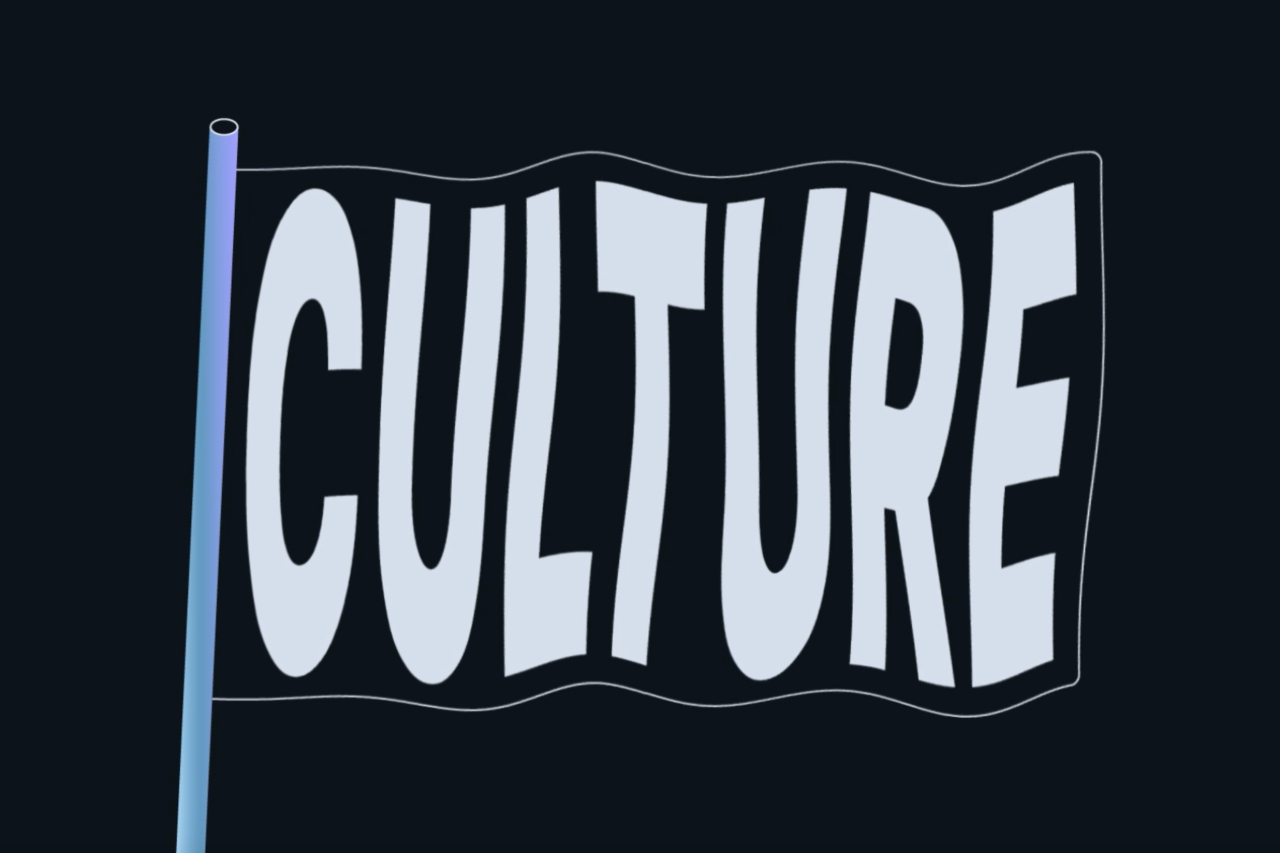
From company culture to brand culture
Transforming a company's internal culture into a brand culture can improve customer and talent acquisition, loyalty, profits and company value.
WHAT IS COMPANY CULTURE?
Company culture, also known as internal culture, organisational culture or corporate culture, was born as a term related to a company’s human resources. It was created to align the internal teams and employees of the same company under the same philosophy where values, beliefs, objectives, and ways of doing things are shared… Thus, everyone acts “as one”. According to wikipedia, corporate culture is defined as follows.
Internal culture is the psychology of the company. It is the set of attitudes, experiences, beliefs and values that each employee imprints on the company.
Until a few years ago, corporate culture had been worked on with an exclusively internal focus by human resources departments. Each company has historically defined this culture differently, but what is clear, is that it has mainly been used for two purposes:
(1) Aligning teams
(2) Recruiting people who fit with that culture, and therefore with the company.
In recent years this last point has led to the development of employer branding, which in general terms is a discipline that works on branding with employees and future employees in mind. For this reason, it is closely linked to culture.
THE POTENTIAL OF CULTURE FOR BUSINESS
Recently, we’ve seen a surge in the importance of classic corporate culture. This is due to several factors, but let’s highlight some interesting ones:
-The evolving meaning of work. Today, most people want their work to be aligned with their purpose, their passions or, at the very least, they don’t just expect financial compensation, but also quality of life. This means that companies need to consider the happiness of their employees, using values and goals to connect with them.
-Productivity has been shown to be associated with happiness at work.
-Changes in the technological world and high staff turnover means that companies have to look for new ways to attract and retain talent, not just financial ones.
In addition to this boom, we are witnessing, in companies like Travel Perk or Slack, a new kind of culture that goes beyond the traditional boundaries of an organisation.
The concept of (company) culture has now expanded and is reaching the outside world, which can help a brand/organisation attract customers, ambassadors, and supporters…
A very clear example is Vicio. They talk about and share their culture explicitly and implicitly to not only gain staff, but also to get you to buy burgers, follow them on Instagram, or simply talk about their latest action with your friends. Just take a look at their website. Another clear example of a brand where culture reaches consumers or followers is Heura.
Company culture goes a step further, ensuring culture reaches not only their internal audience but also an external one. Connecting corporate culture with the outside world can help organisations develop bonds with their audience, through authenticity and fostering a sense of belonging, so that consumers identify with the brand…
That’s why, for us, it’s key that each organisation’s brands are developed based on the underlying culture of the company, engaging their internal audience but, above all -and as a major new behavioural development in society- visibilising this culture to the general public.
If you’d like to know more about corporate culture, branding or how to apply culture to your brand and vice versa, follow us on linkedin.